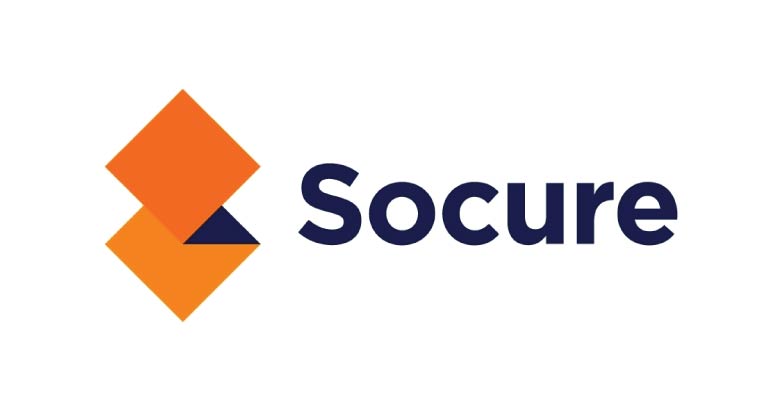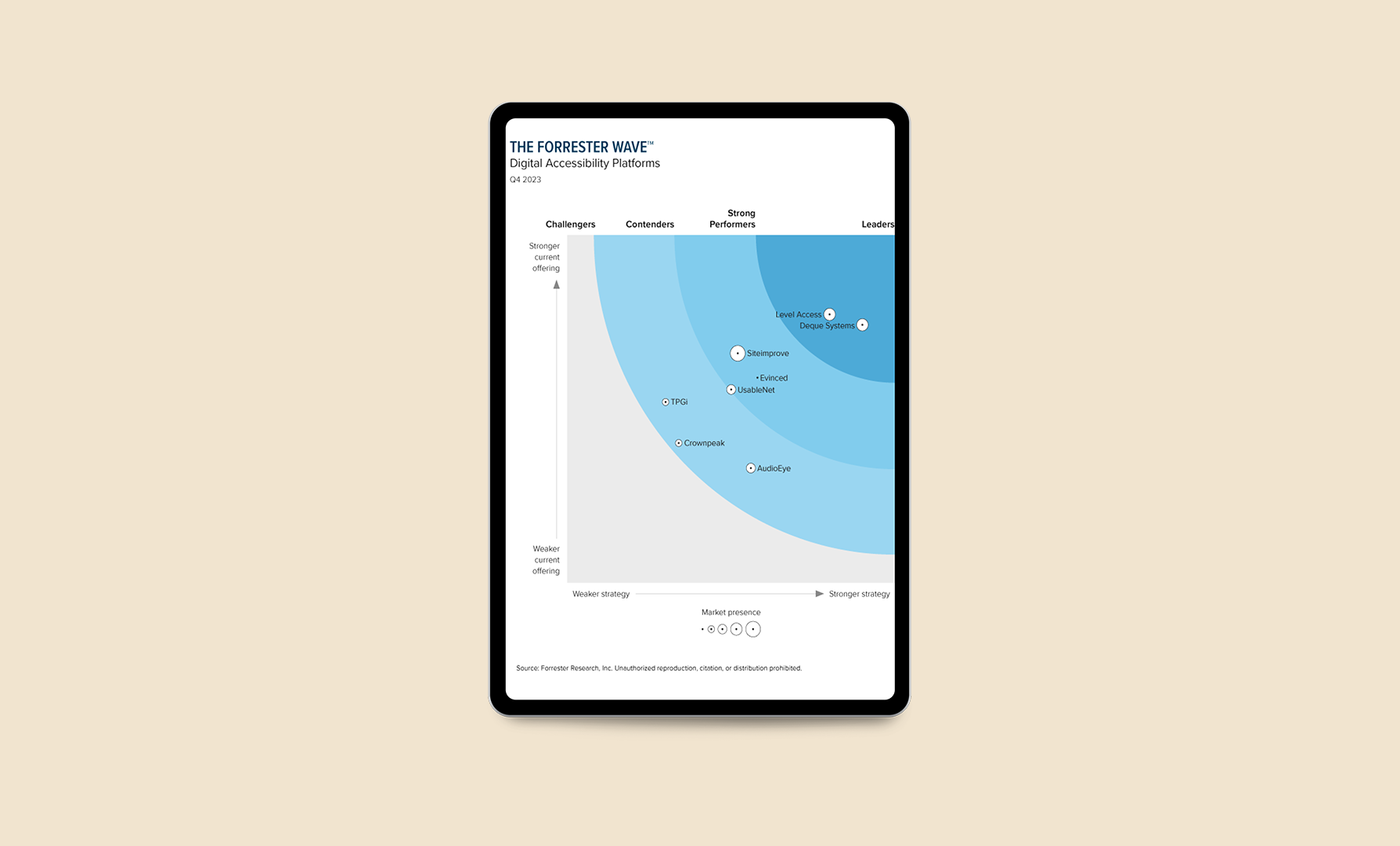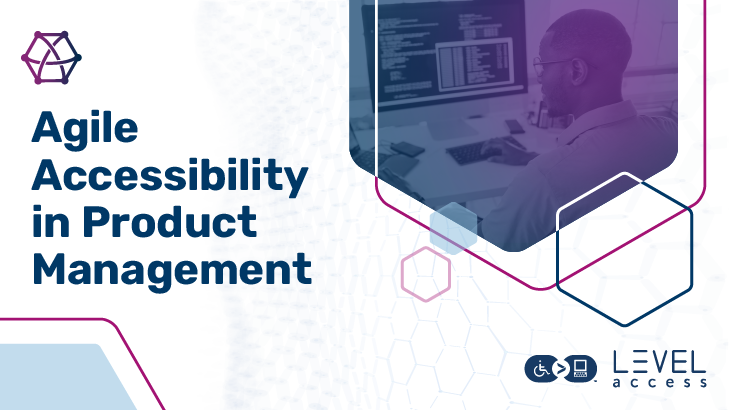Accessibility for Software Vendors
Simplify accessibility, unlock sales
Digital accessibility is now a widespread requirement for software buyers in government and business-to-business (B2B) organizations. We make accessibility efficient, achievable, and sustainable so you can expand your market share and stay ahead of competitors.
Get a VPAT
Prove to buyers that your product is accessible with an expert-informed Accessibility Conformance Report (ACR)—a completed Voluntary Product Accessibility Template (VPAT®).
Receive an action plan
Address areas of non-conformance with accessibility standards quickly with strategic guidance and detailed insight from the industry’s deepest bench of software accessibility experts.
Make it stick
Go from reactive to proactive, with ongoing monitoring and issue prioritization support, plus tools to embed accessibility as you build—ensuring your product remains RFP-ready.
Comprehensive accessibility for competitive products
Our integrated platform and expert managed services equip software vendors with the tools and support necessary to meet procurement requirements quickly, while establishing a streamlined, sustainable accessibility practice to secure future opportunities.
Product evaluation
Our accessibility experts will guide you through the process to obtain a completed VPAT that demonstrates your software’s accessibility according to the Web Content Accessibility Guidelines (WCAG). Once we evaluate your product, we’ll provide you with an actionable roadmap for fixing any issues we’ve identified so you can show buyers documentation that closes deals.

Monitoring and reporting
Stay on top of accessibility as your product evolves with continuous monitoring and reporting dashboards. Set up alerts to quickly triage new issues that emerge, align remediation work with your sprints, and track performance against custom thresholds so you never fall behind your goals.
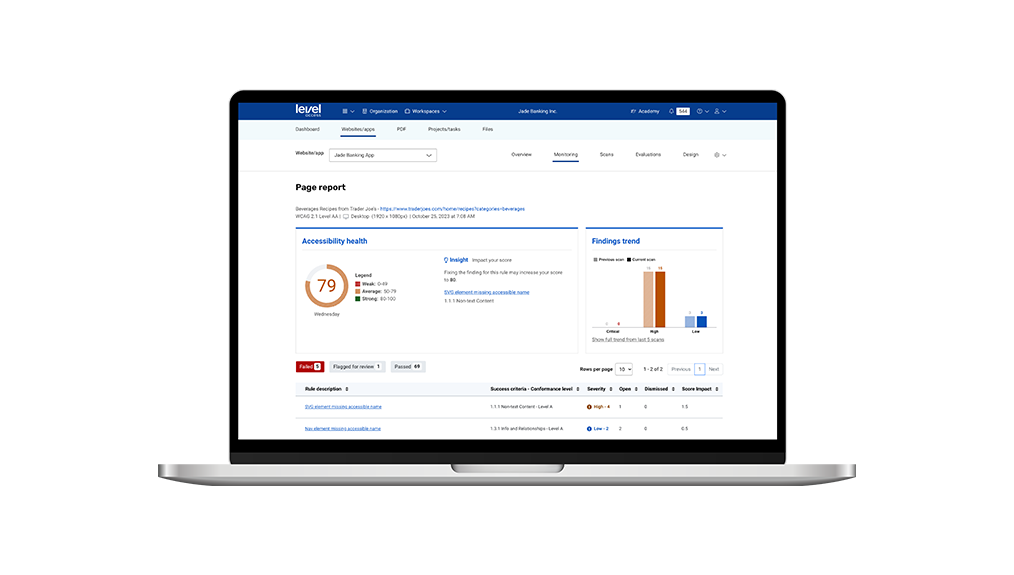
Developer tools
Our developer tools are built to support efficient, effective accessibility. Software developers can use testing integrations and our browser extension to identify and address accessibility issues while code is still in pre-production, reducing the need for time-consuming remediation work on live digital products.

Designer tools
By prioritizing accessibility in design, your team can prevent accessibility issues from being written into code. This accelerates development cycles, speeding time-to-market for new products and features. Our Figma plugin allows designers to proactively check the accessibility of their own work, and for extra validation, we offer detailed Design Evaluation.
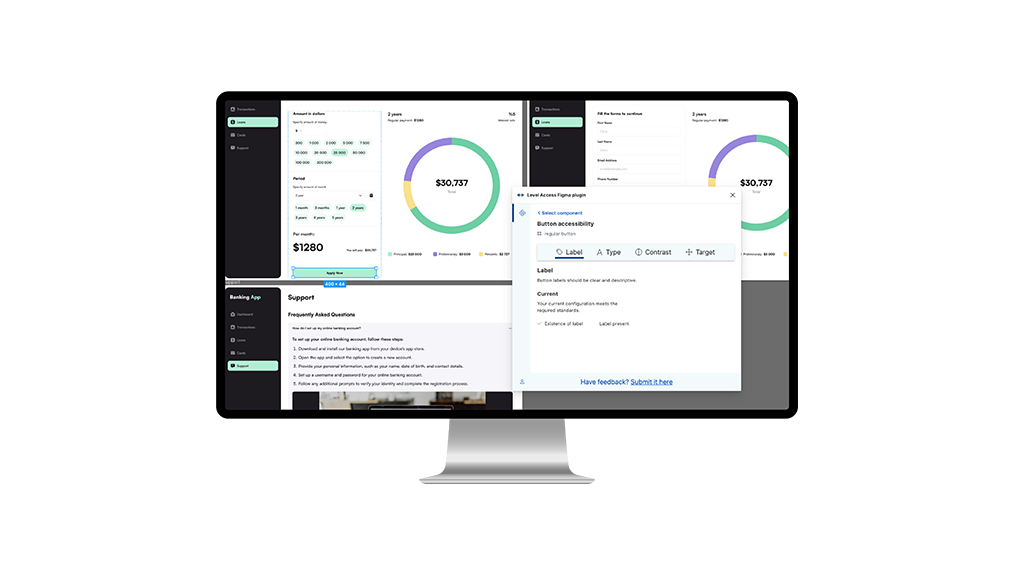
API and integrations
Accessibility that works the way you do
Meet buyer demands faster with embedded, agile integrations. The Level Access Platform integrates with your existing tech stack—from test automation tools and frameworks including Cucumber and Mocha to project management platforms like Jira, Azure DevOps, and Asana—so you can seamlessly incorporate accessibility into your team’s existing workflows.
Featured resources
In-depth insights, learning, and guidance from the industry’s most experienced team.
Expanding opportunity, supporting innovation
-

“The partnership with Level Access has been exceptionally valuable to ensure the software we design is aligned to the accessibility needs of people and organizations around the world.”
-

“Level Access was critical to getting us to where we were confident in writing a VPAT for our product. They kept violations and requirements nicely coordinated into sections that matched the VPAT.”
-

“We needed a partner that could help us fill our knowledge gap, providing ongoing education and training, as well as tooling integration, monitoring, and actionable reporting. That partner was Level Access.”
Get started
Accelerate sales with the leading accessibility solution
With more than 25 years as a vendor at the forefront of accessibility innovation, we’re well-equipped to support the goals of software and product vendors of all sizes, in all industries. Reach out to our team for an expert assessment and practical advice.





